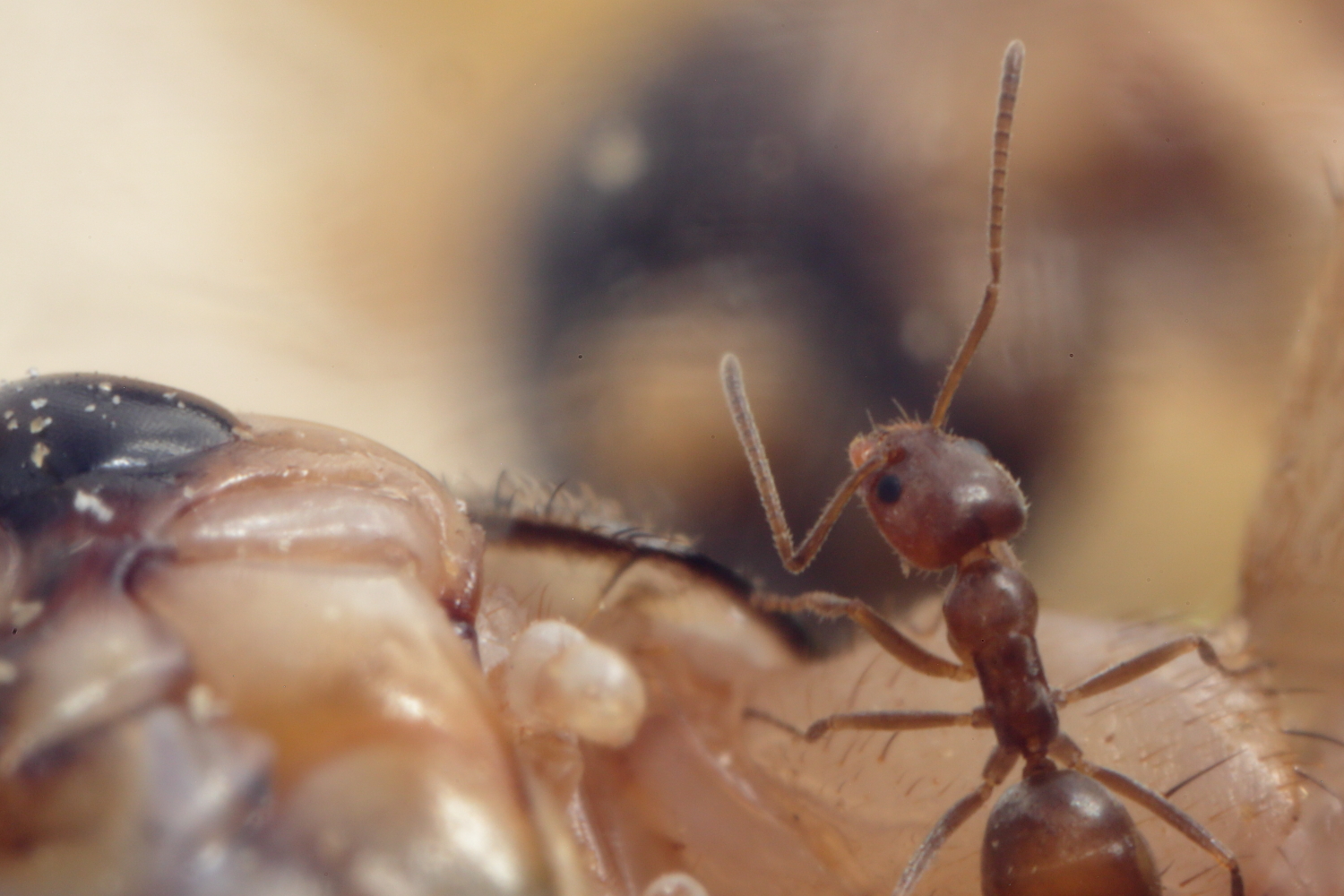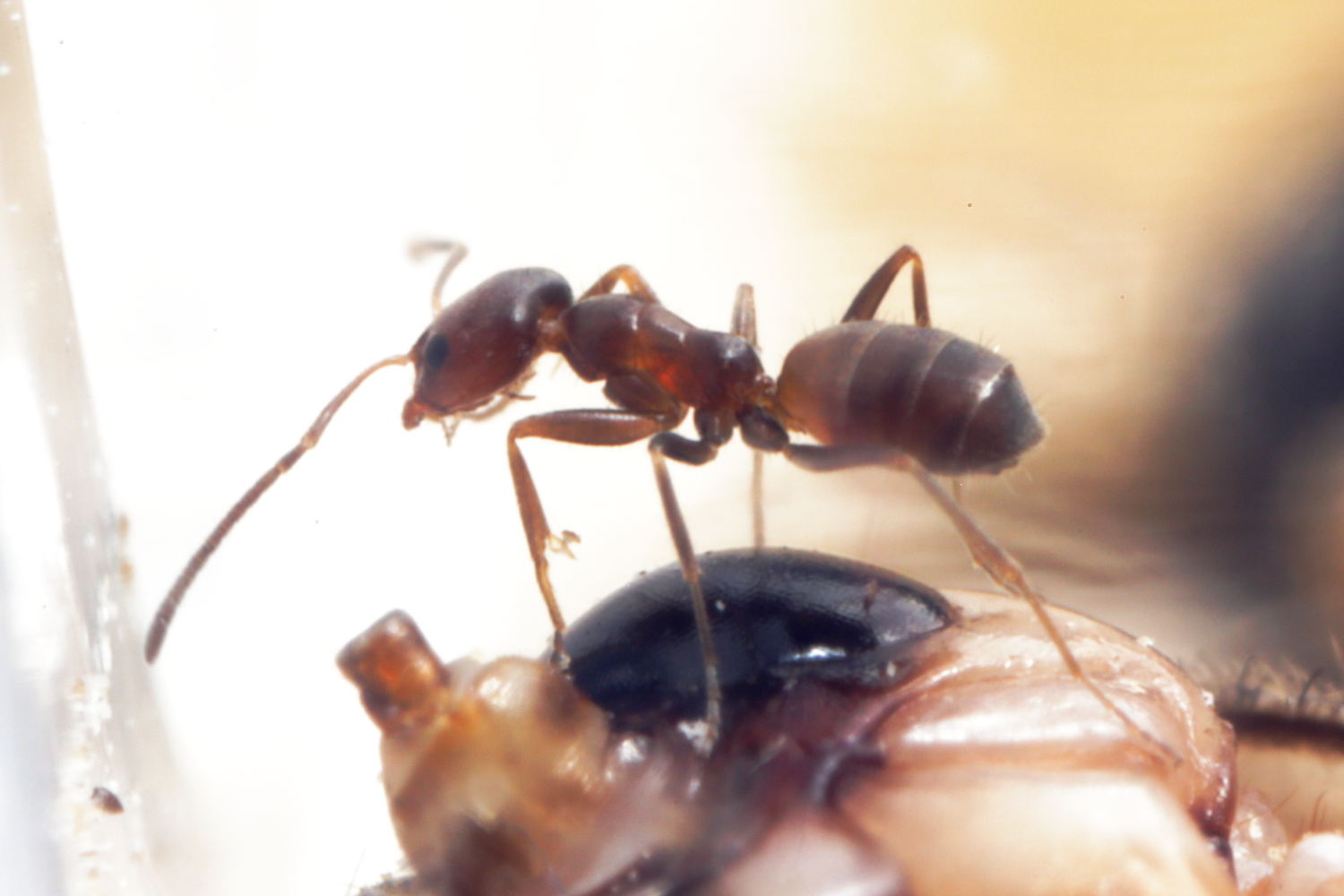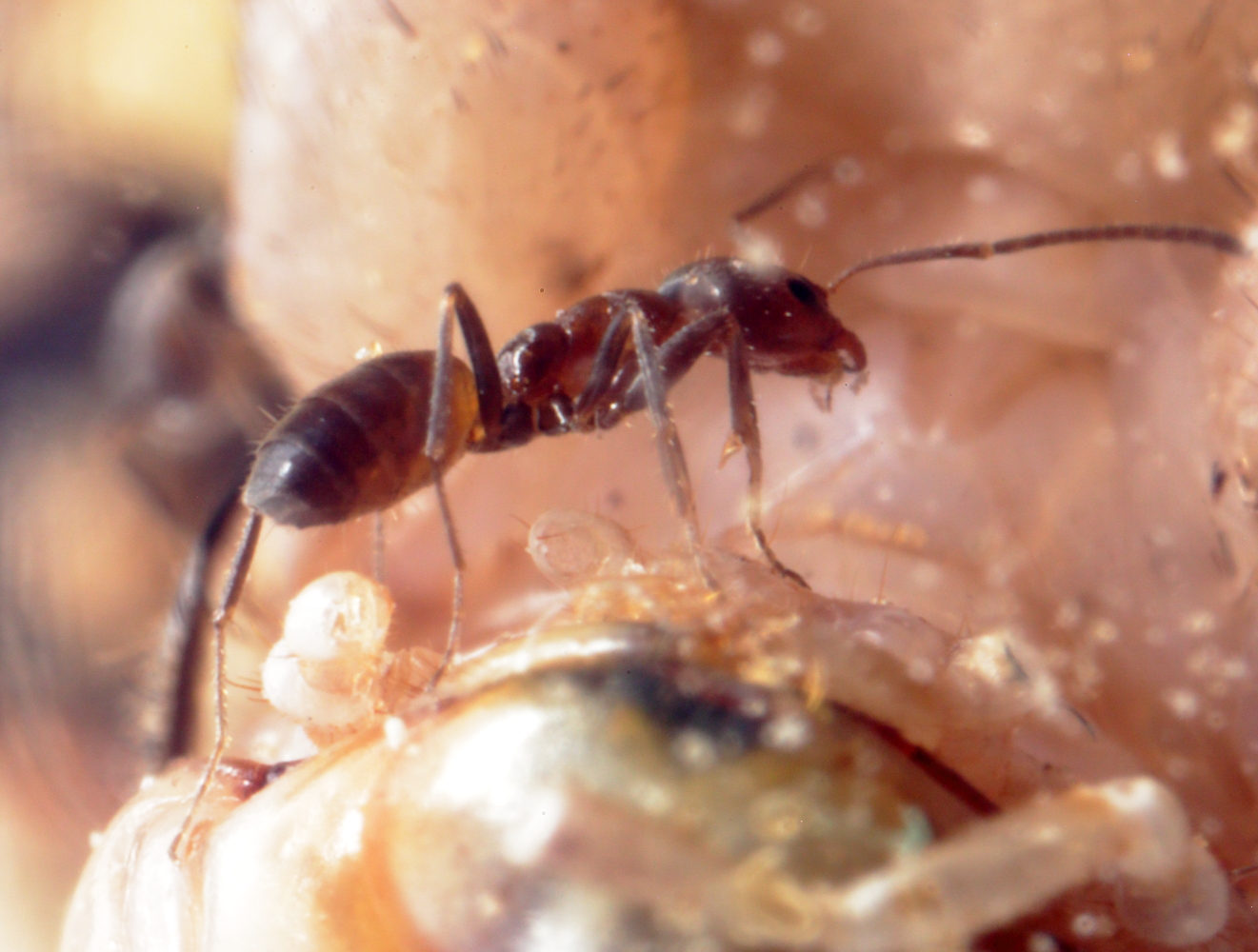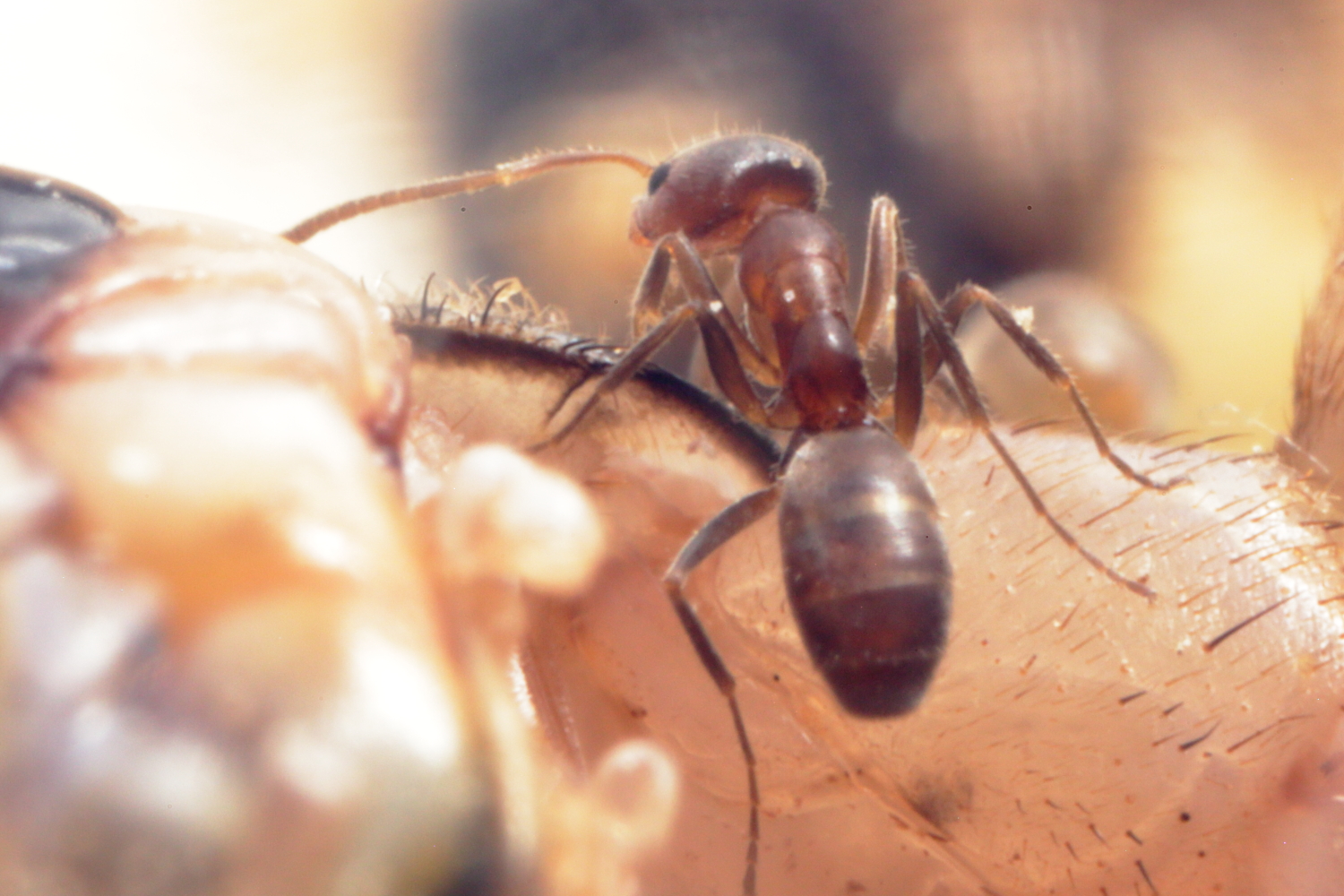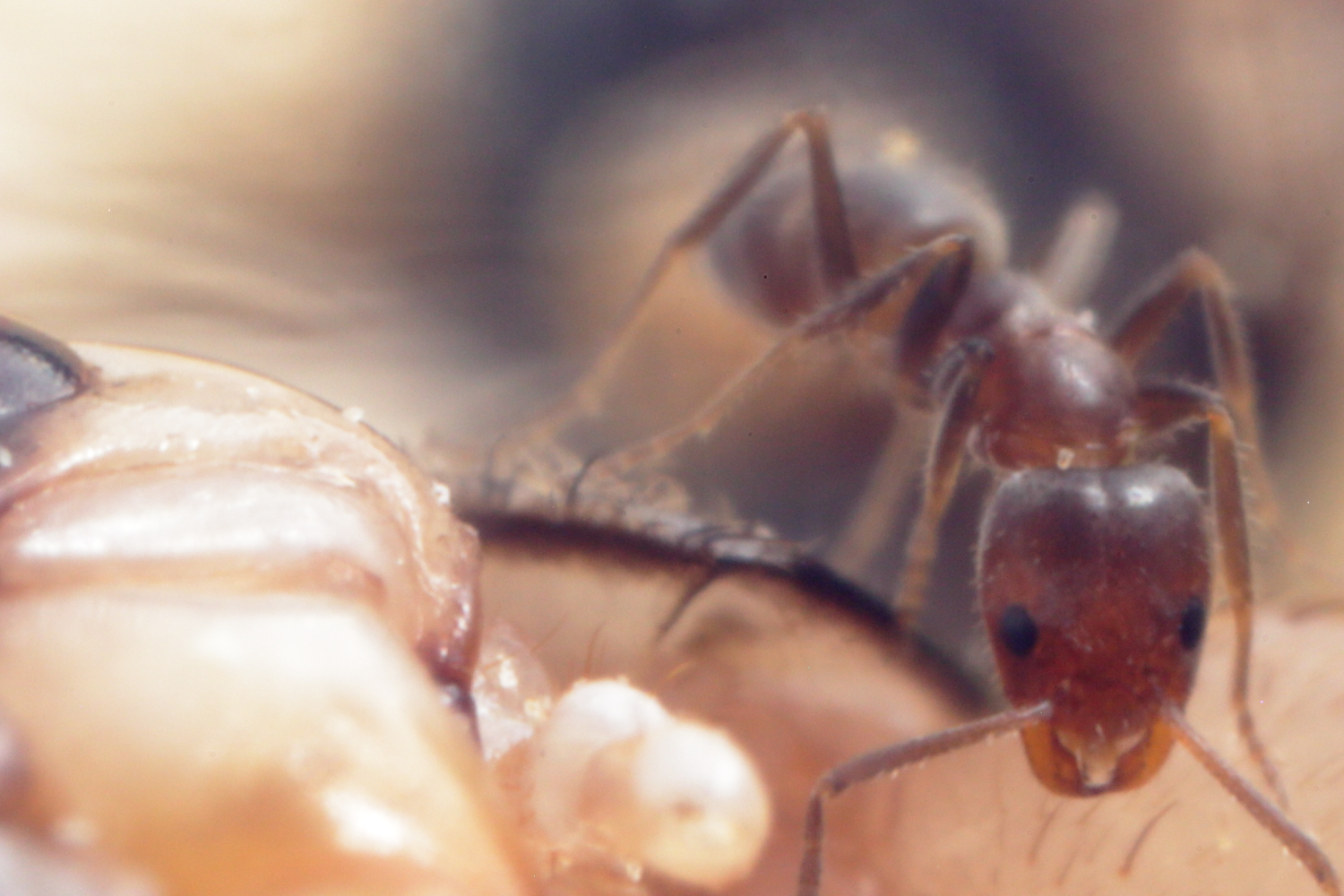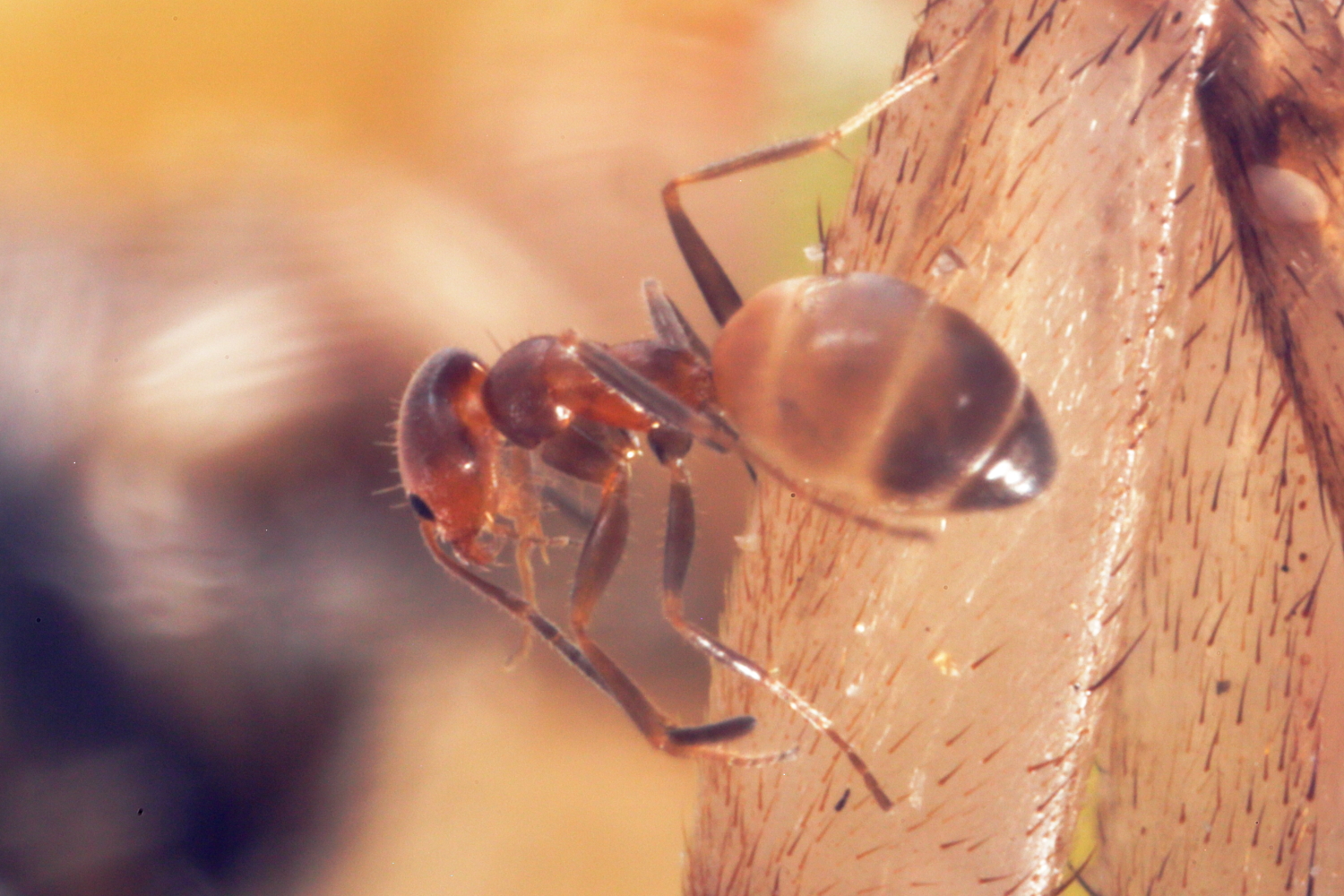Thread Summary to date: Forelius sp.
1. Location (on a map) of collection: Central Tucson, AZ
2. Date of collection: Summer 2018
3. Habitat of collection: Sonoran Desert, 2000ft, urban mesquite trees and cactus
From the collector: "collected it under a rock I found beside a river bed under a tree with roots sticking out of the ground with moss, quite a beautiful place"
4. Length (from head to gaster): Queen 5mm, workers 2-2.5mm
5. Color, hue, pattern and texture:
6. Distinguishing characteristics:
7. Distinguishing behavior: Excitable
9. Nuptial flight time and date: Summer 2018
[Ant Images]
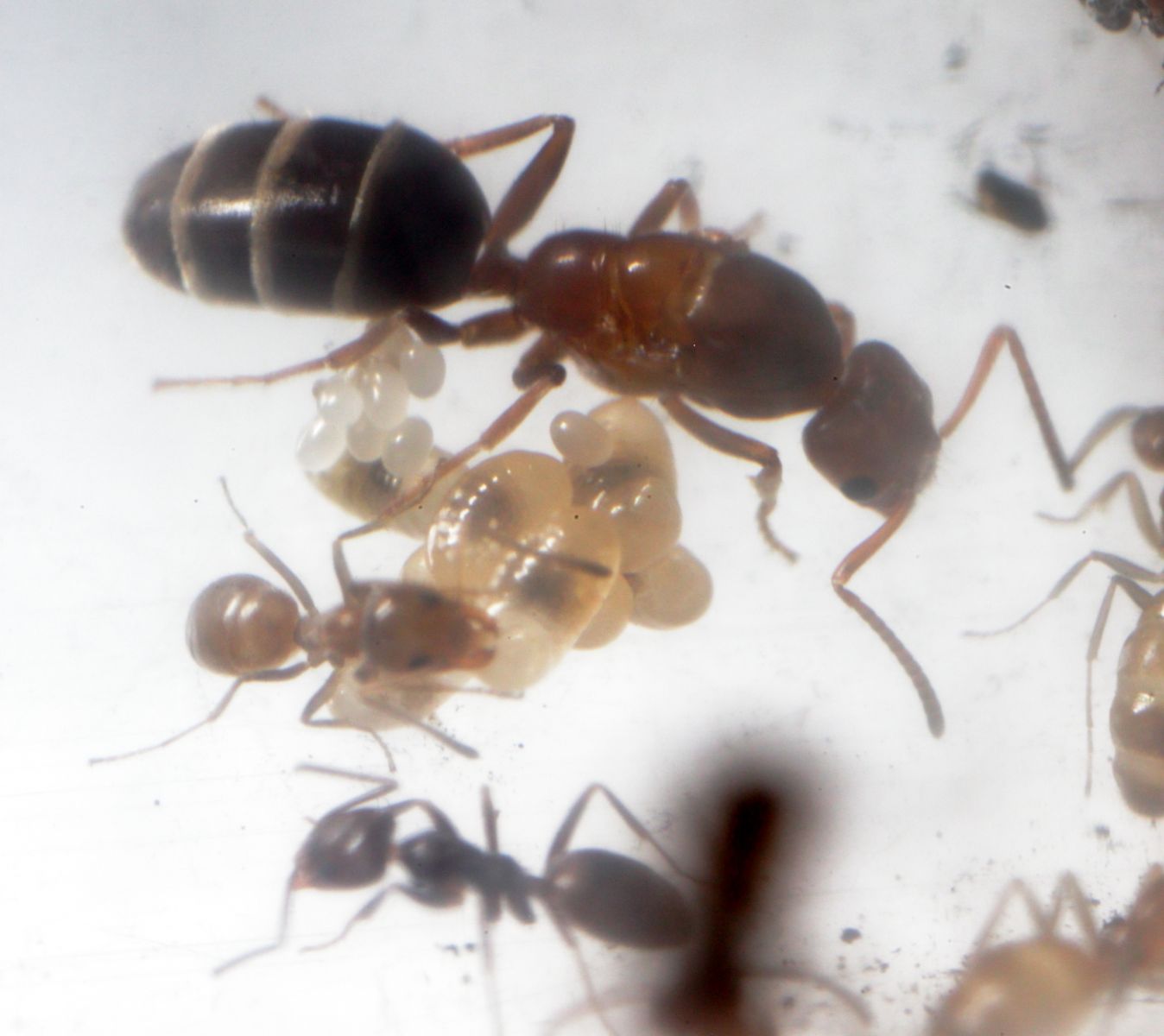
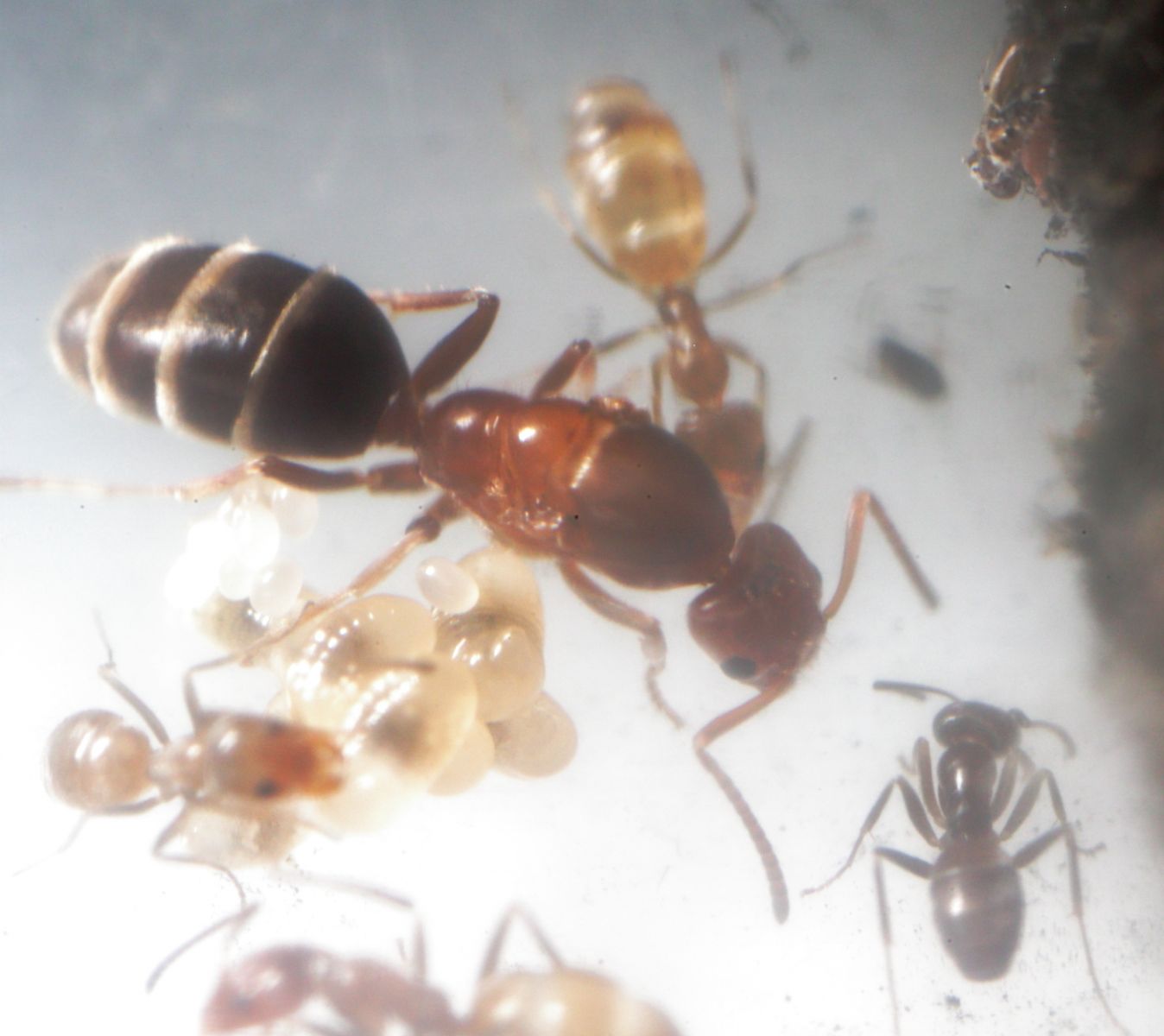
[New Images]
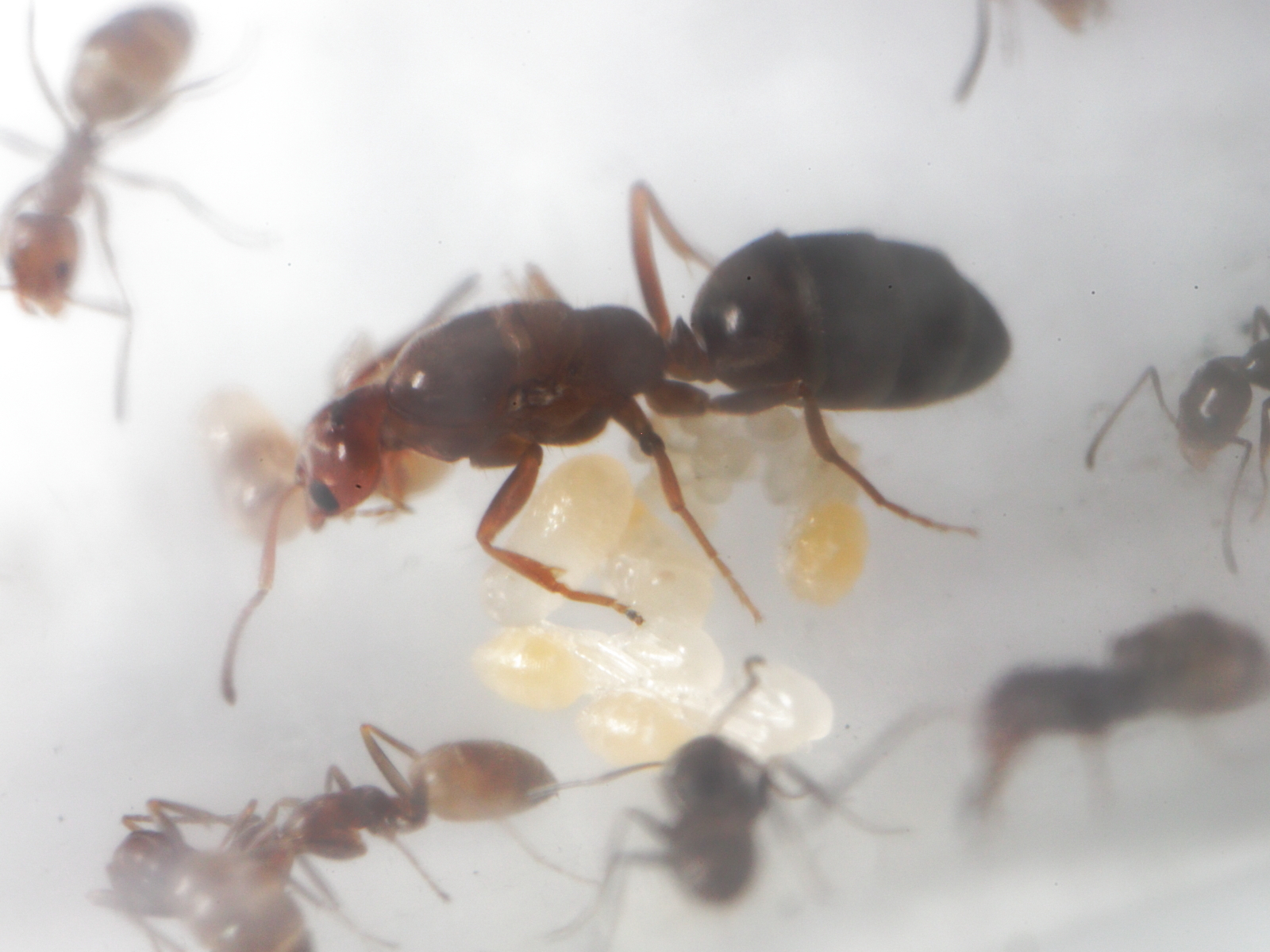
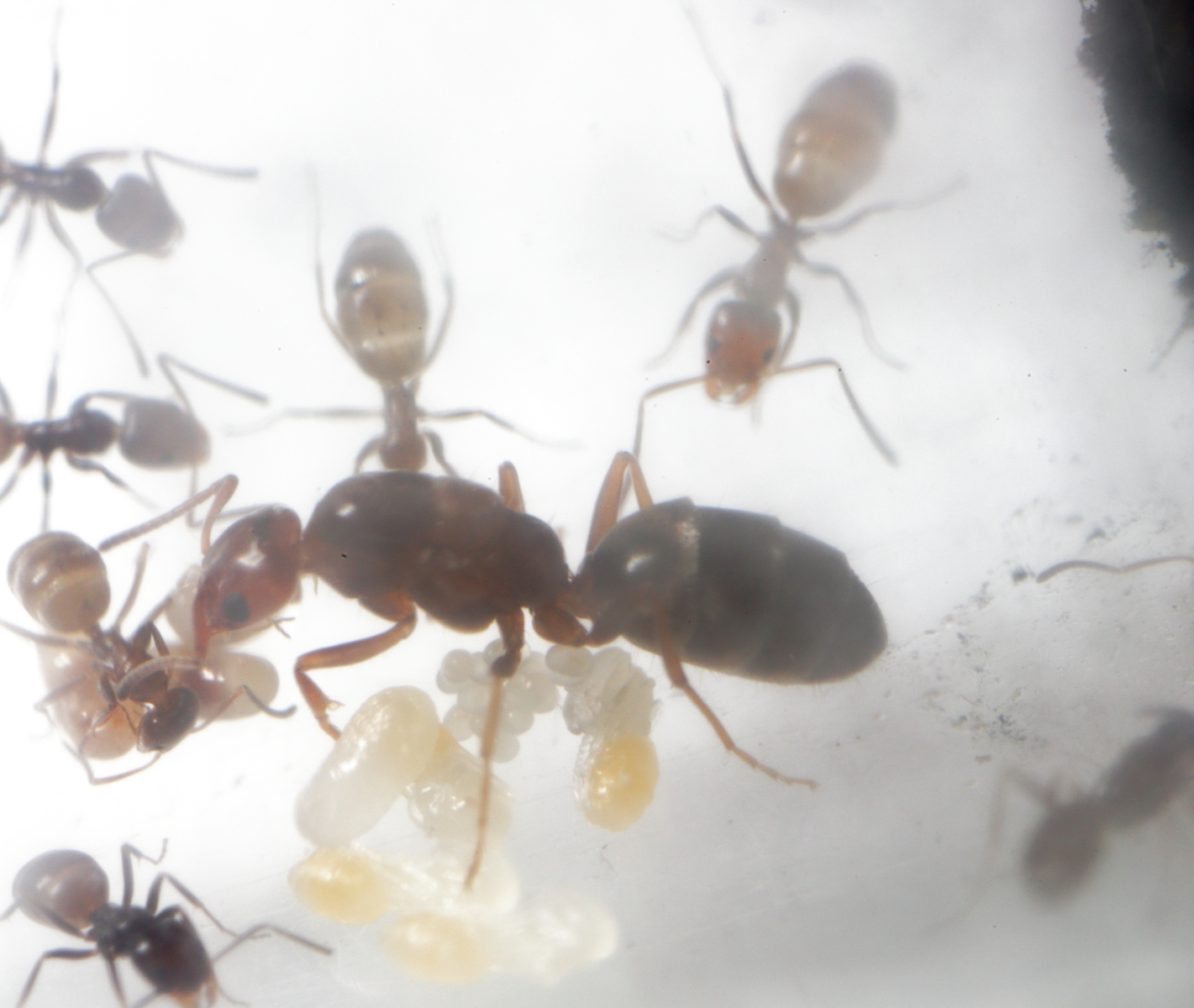
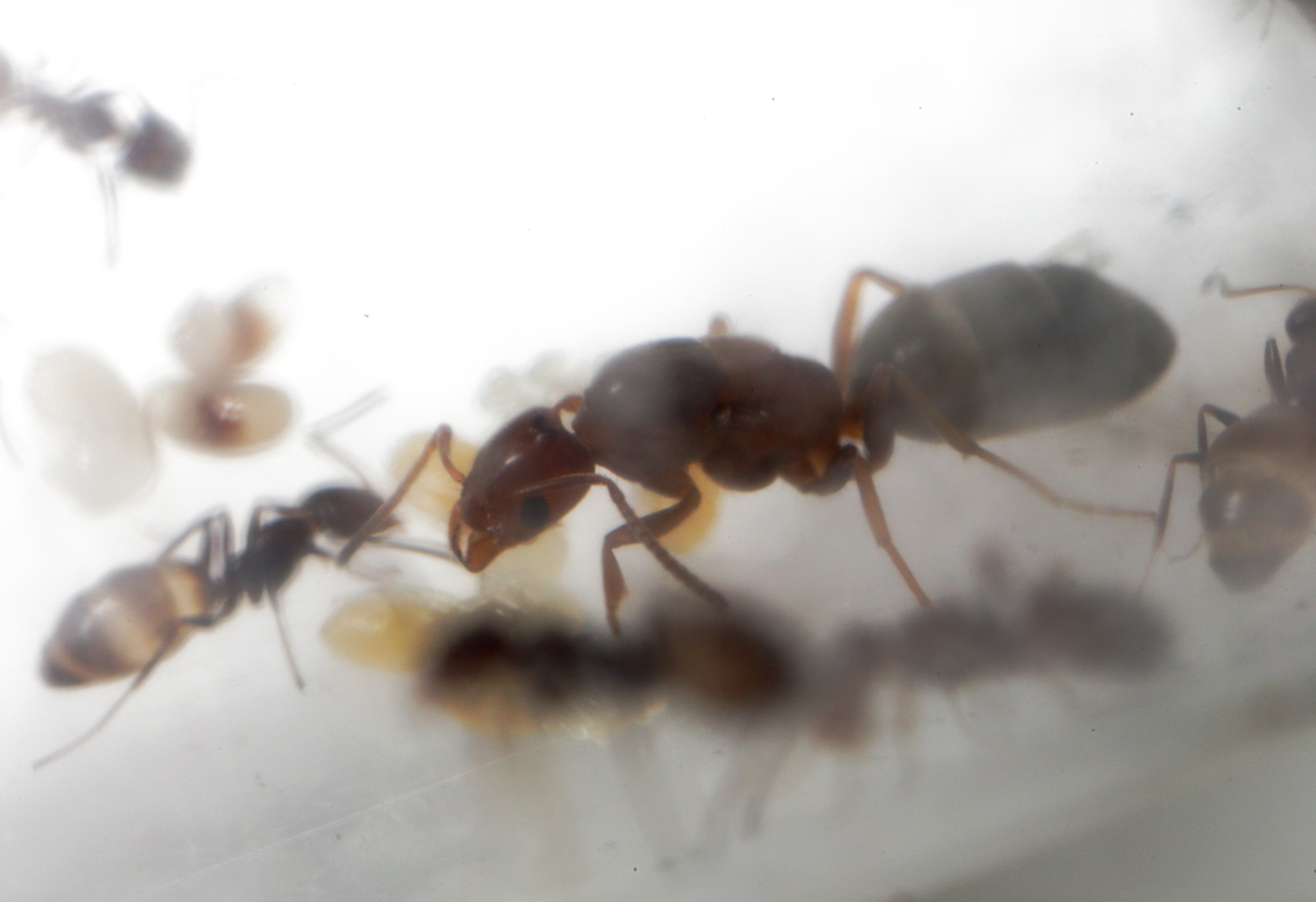
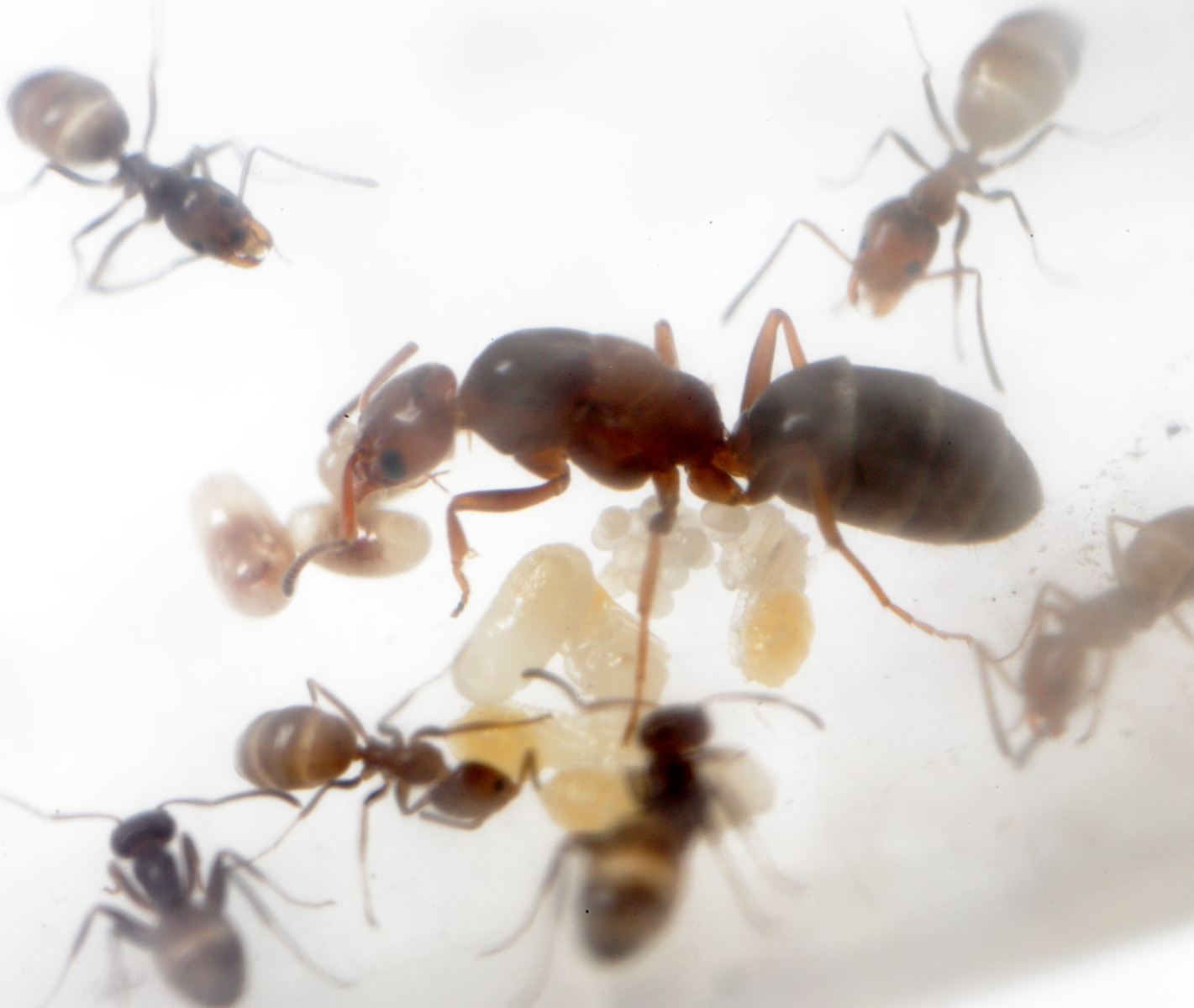
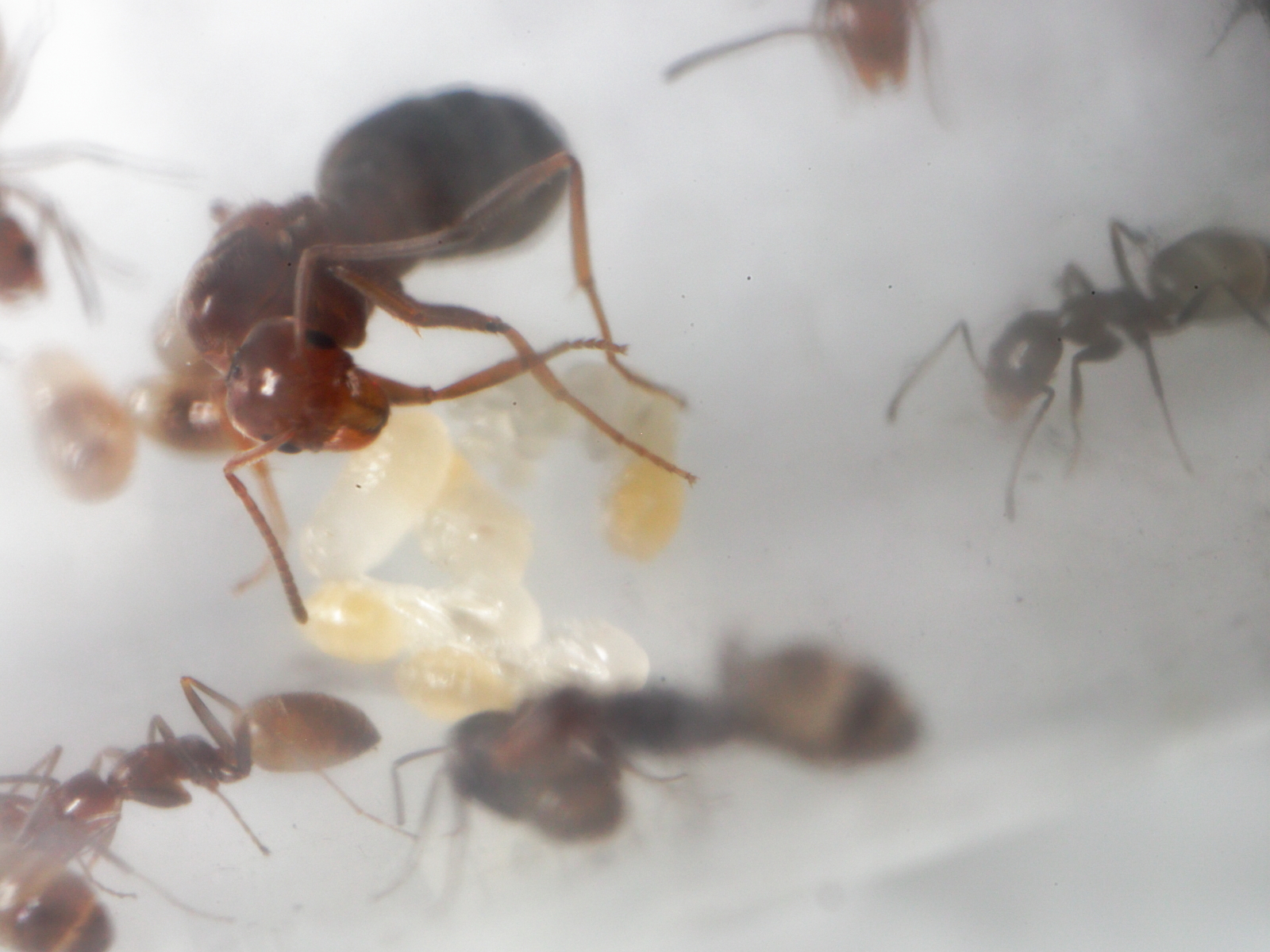

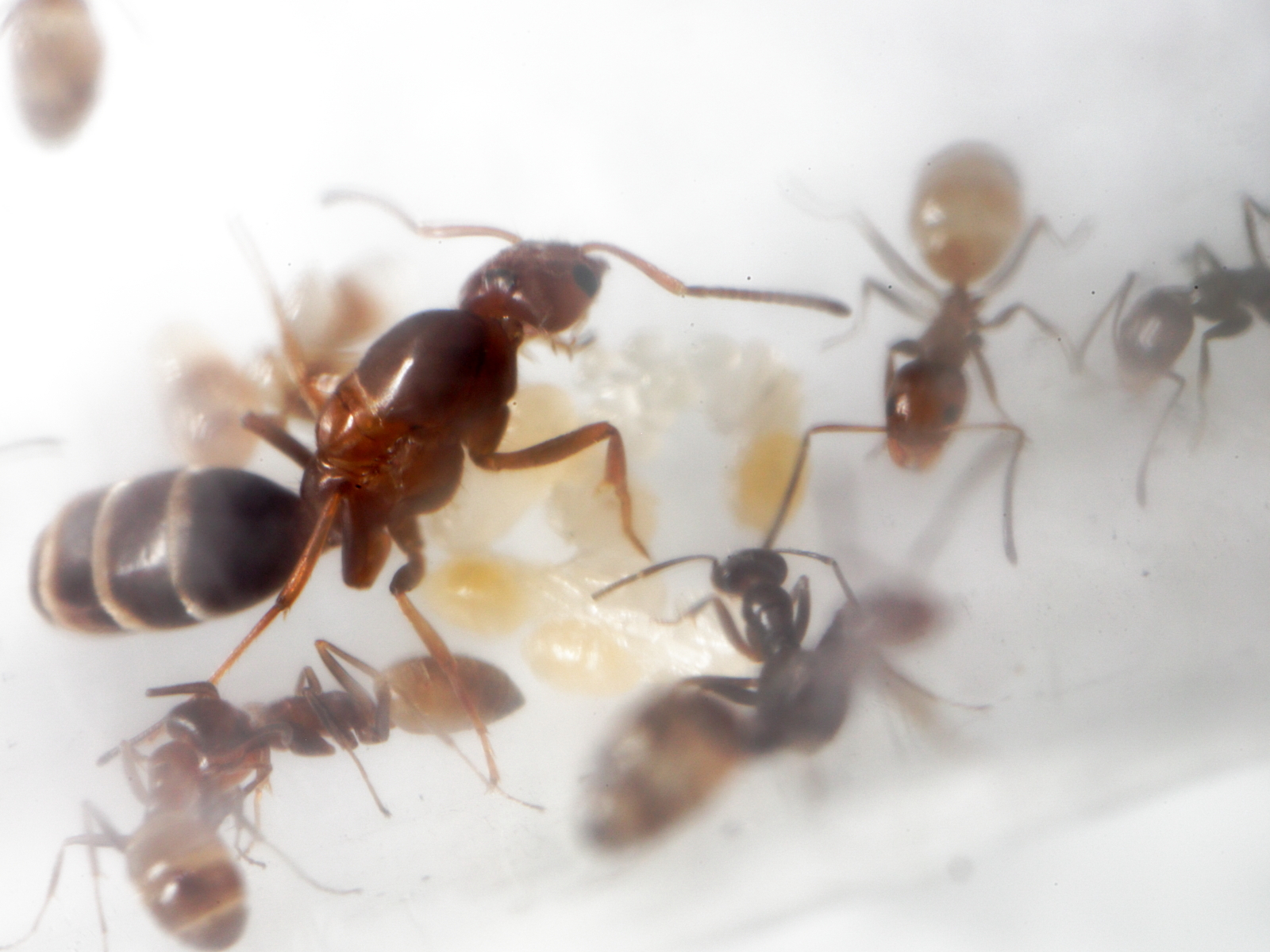
Edited by Maculata, February 1 2019 - 11:50 PM.










